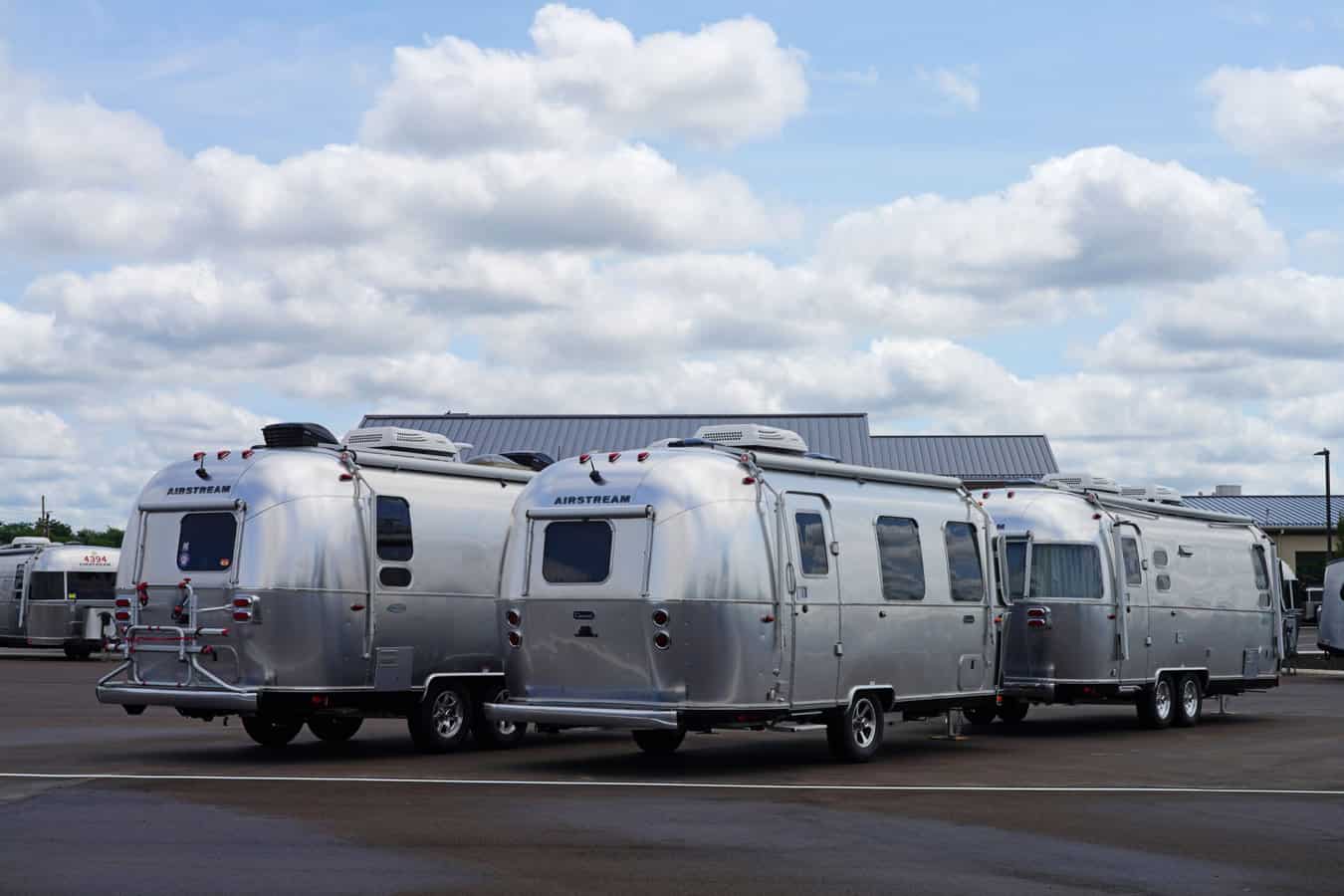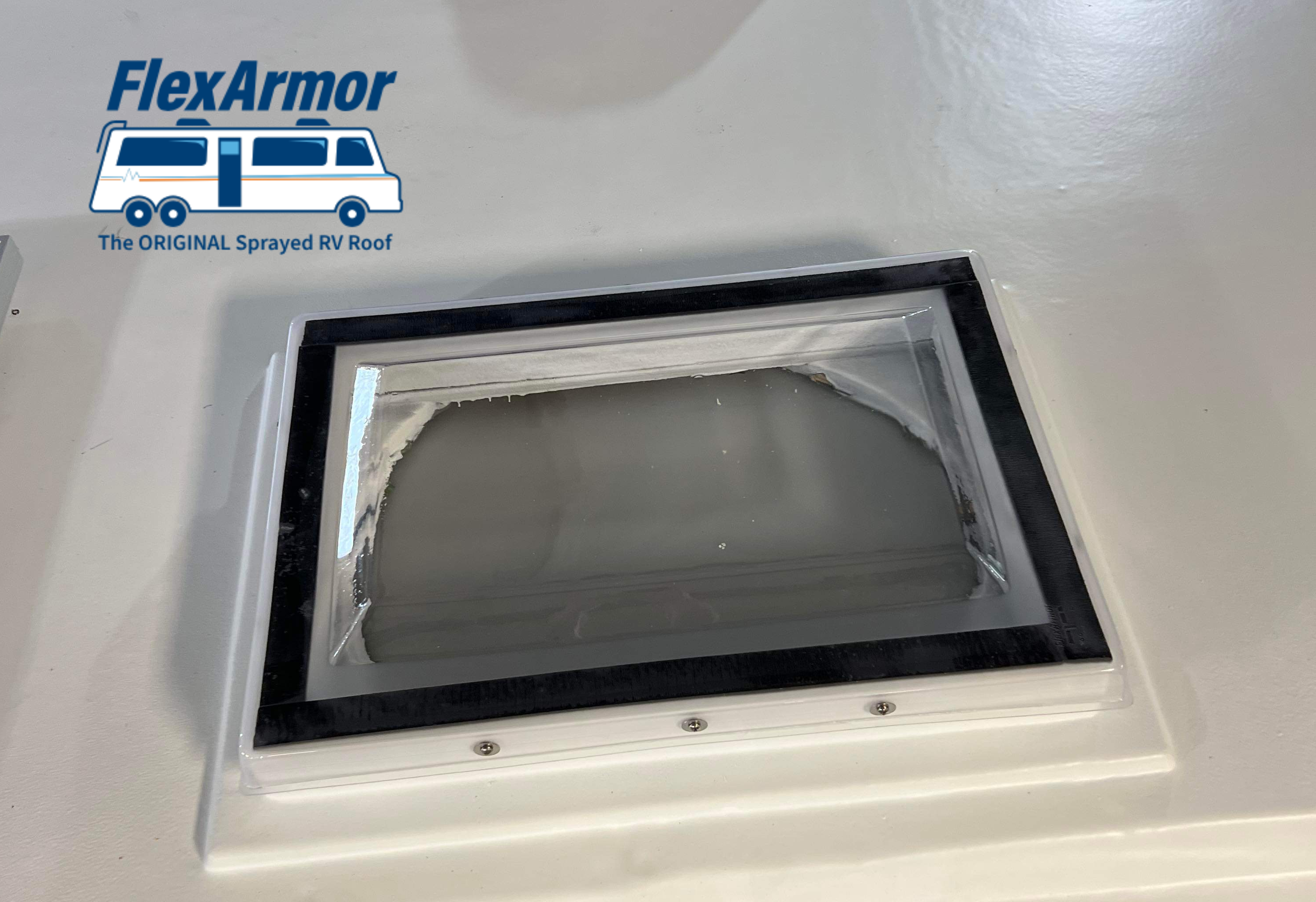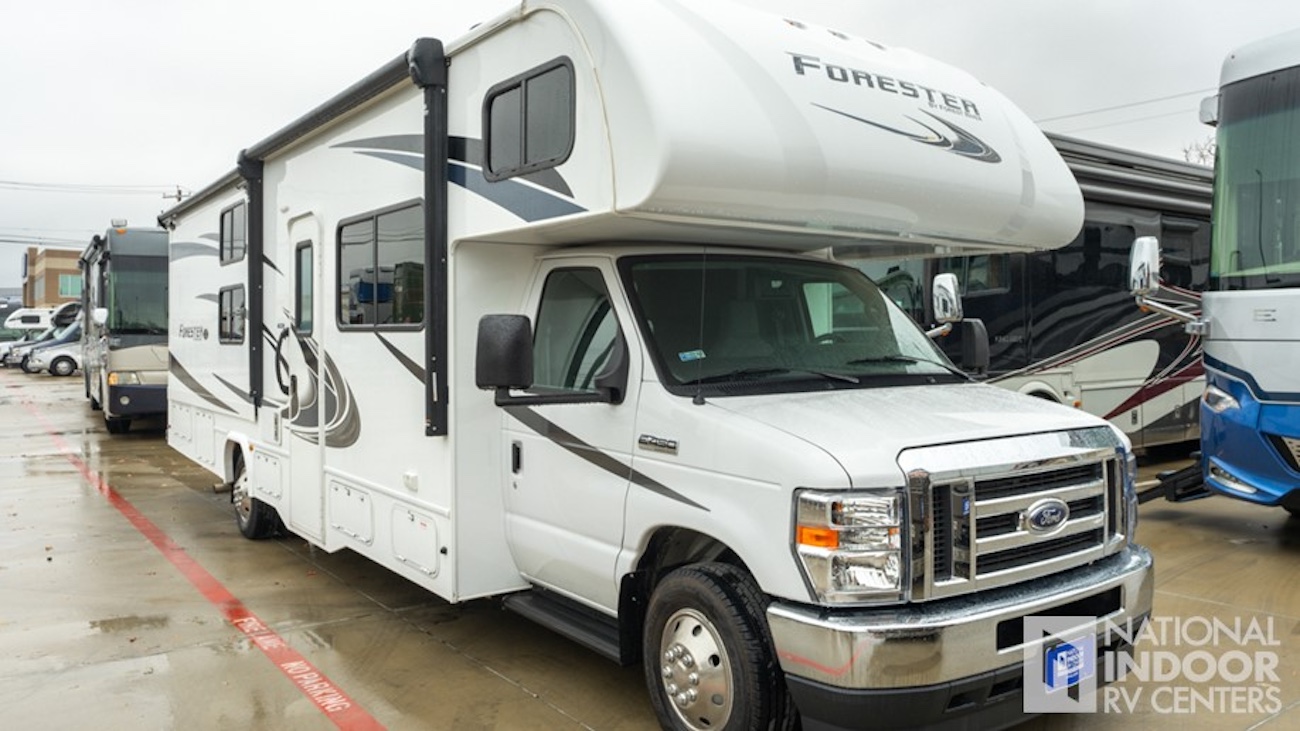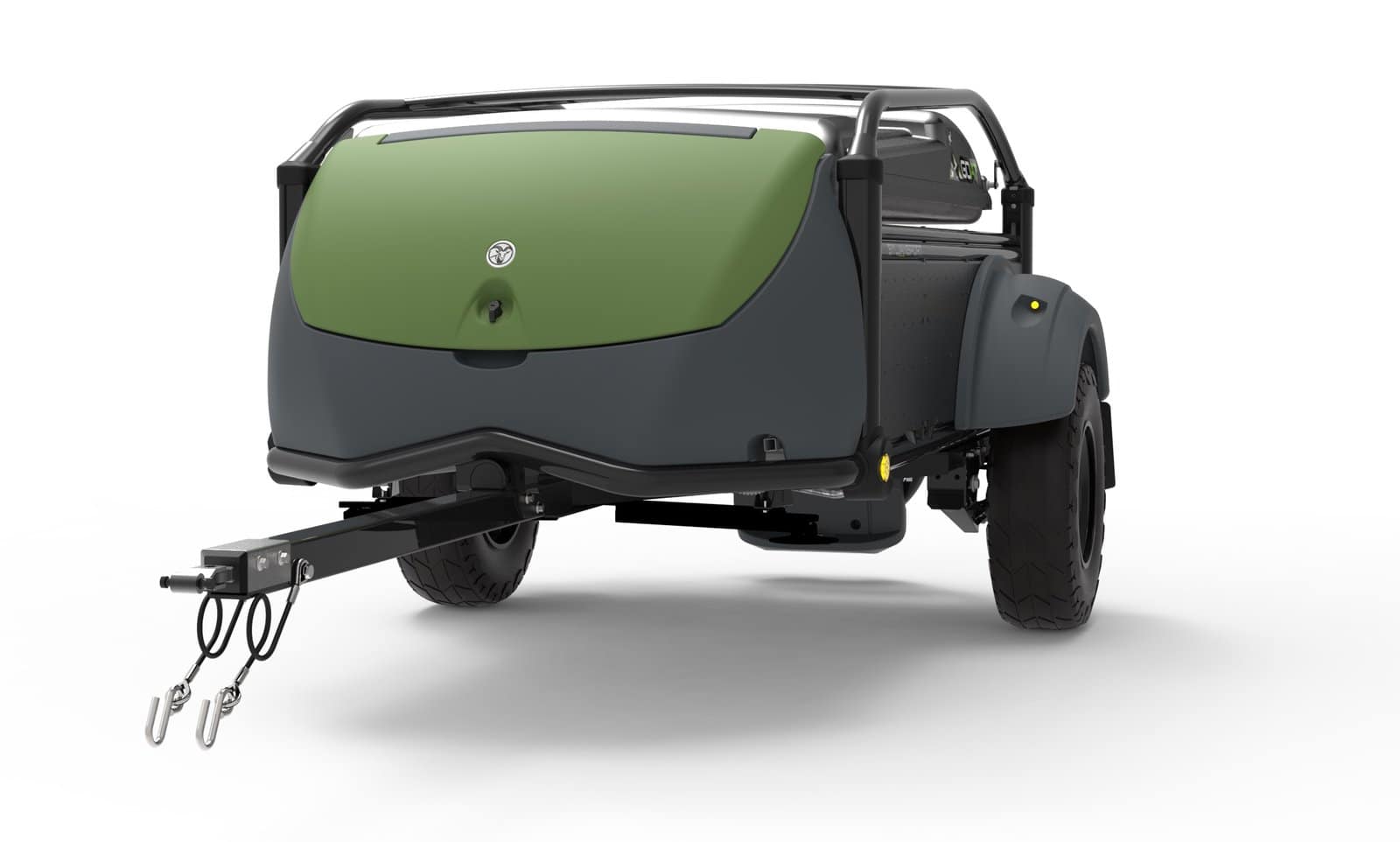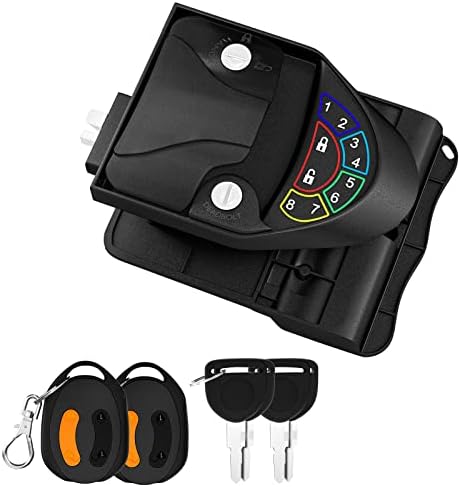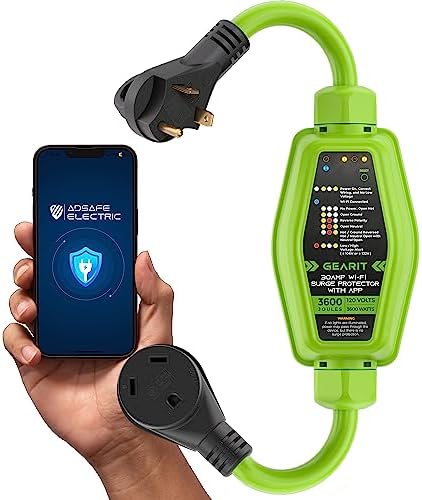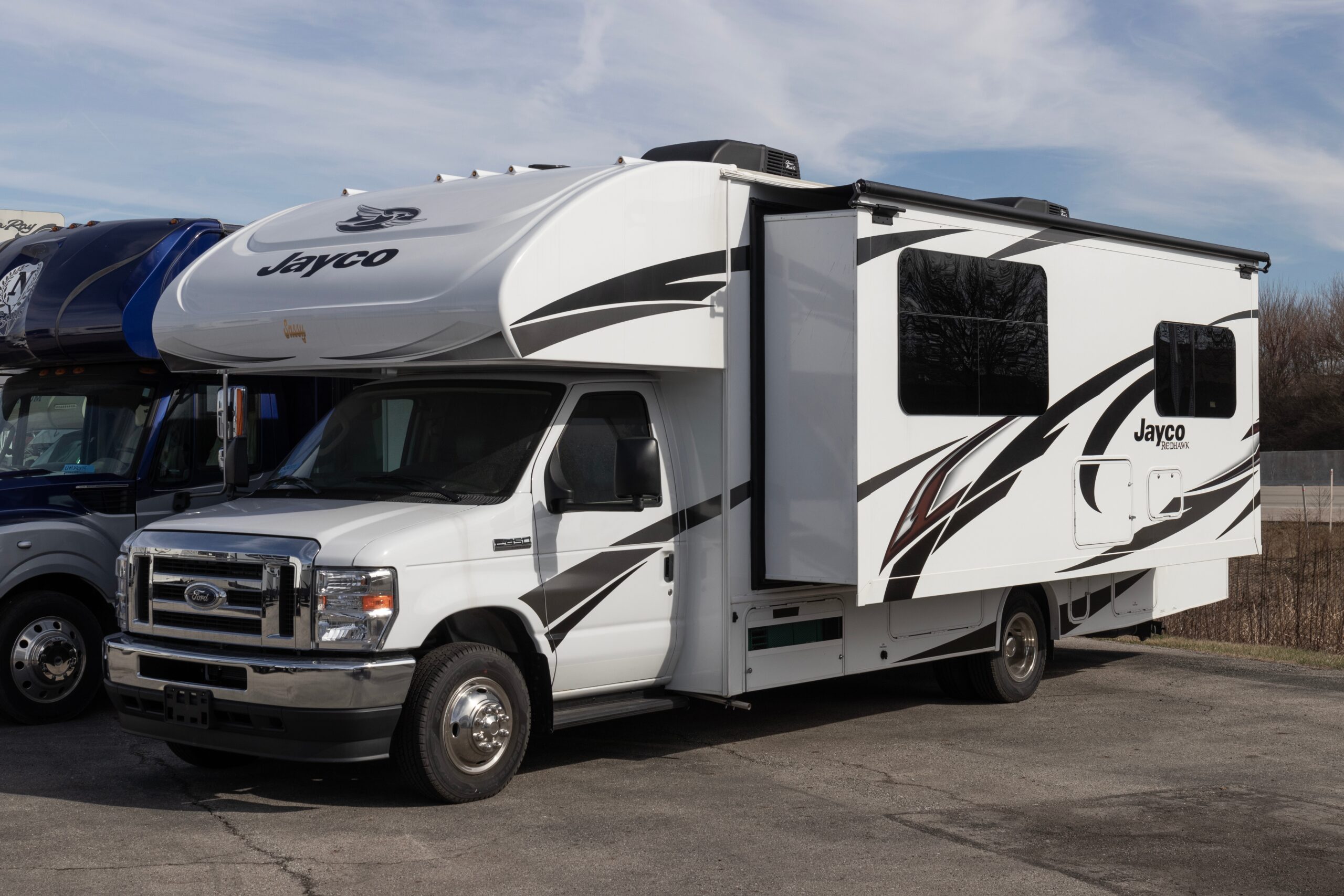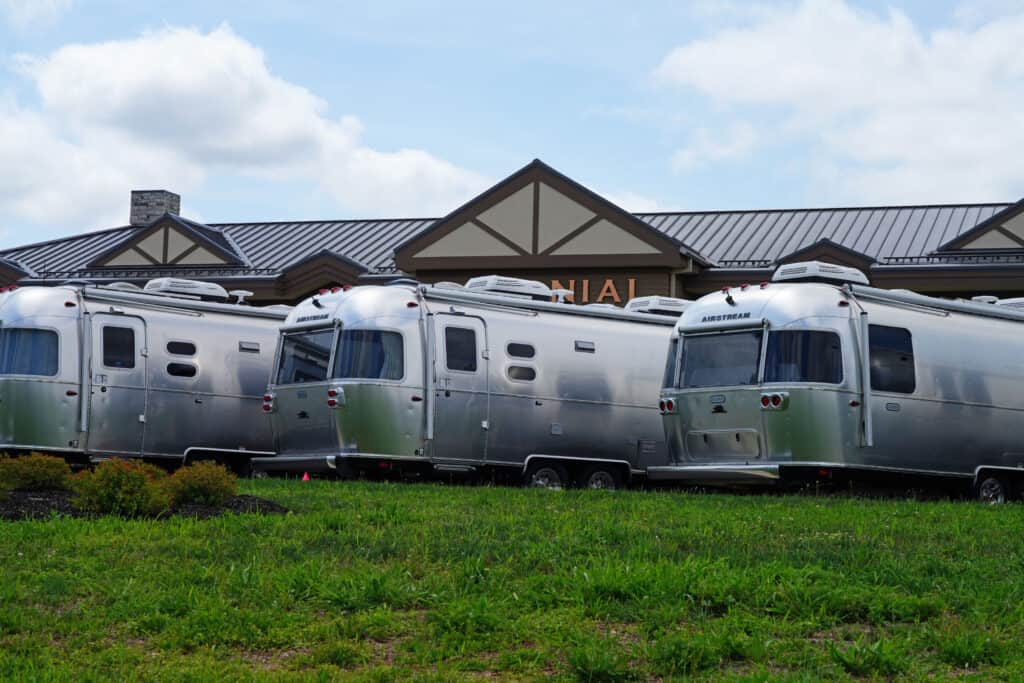
A Guide To RV Financing & RV Loans
Anyone who has shopped for an RV recently will know they don’t come cheap. Still, buying an RV might fit into your budget if you break the purchase price into bite-sized monthly or bimonthly payments over months or years.
RV loans are by far the most popular way RVers pay for their RVs. However, interest rates and the term of your RV financing can vary greatly, according to factors such as your needs, your lender, and your credit score.
Having a longer loan term can seem to make sense, until you couple making interest heavy payments with the fast rate of depreciation on an RV. If you aren’t careful, you could easily end up owing more to the lender than your RV is worth.
What is an RV loan?
Even though RVs are considered to be vehicles, RV loans are different from auto loans. RV loans tend to be longer loans with more terms, more like a home mortgage. However, an RV loan is typically a lot less complicated to get than a home mortgage.
For one thing, there are no lawyers involved in an RV loan. But that doesn’t make them any less of a commitment than a home mortgage. With an RV loan, the RV is collateral for the loan, so if you miss payments, they’ll take the RV back.
Be sure to carefully examine your budget and know how much you have available for making payments on an RV before getting an RV loan. RV loans can range between $15,000 and $1,000,000, with payments spread over 5 to 20 years.
Loan terms
The term of an RV loan is the length of time it will take until the loan is completely paid off. Terms of 5 years, 10, 15, or 20 years are not uncommon. However, the length of time it takes to pay off an RV loan will make a big difference in the total amount you’ll pay for your RV.
The following example gives the figures for a 5-year RV loan term and a 15-year RV loan term with an interest rate of 6.74%.
Example 1: 5-Year RV Loan
- Amount borrowed: $90,000
- Interest rate: 6.74%
- Term: 5 years
- Payment amount: $1,771.09
- Total paid: $106,265.30
- Cost of loan: $16,265.30
Example 2: 15-year RV Loan
- Amount borrowed: $90,000
- Interest rate: 6.74%
- Term: 15 years
- Payment amount: $795.92
- Total paid: $143,265.53
- Cost of loan: $ 53,265.53
The cost difference between the 15-year loan and the 5-year loan is $37,000.23. As you can see, it makes much better financial sense to take a 5-year term and make higher monthly payments than it does to spread payments out over 15 years.
Does a downpayment save money?
When you put part of the purchase price down upfront on your RV, you’ll be saving money that would have been spent on interest payments. This will be a substantial amount.
In the following example, we’ll borrow money for a $90,000 Class C RV. In Example 1, we’ll borrow the entire $90,000. However, in Example 2, we’ll put a 20% downpayment on the RV. (By the way, 20% isn’t a random amount. We chose 20% because that’s the amount the RV will depreciate as soon as we buy it and drive it off the dealer’s lot.)
By putting 20% down, we can help protect ourselves from quickly winding up “underwater” on the loan. You can see putting a $13,500 (20%) downpayment towards the RV will save us $7989.83 in loan costs (interest).
15-Year Example 1:
- RV price: $90,000
- Downpayment amount: $0
- Loan total: $90,000
- Interest rate: 6.74%
- Total amount paid: $143,265.53
- Amount of interest paid: $53,265.53
15-Year Example 2:
- RV price: $90,000
- Downpayment amount: $13,500 (20%)
- Loan total: $76,500
- Interest rate: 6.74%
- Total amount paid: $121,775.70
- Amount of interest paid: $45,275.70
Some RV dealers offer zero-down financing. But the less you pay upfront, the more interest you’ll be paying out over the term of the loan.
Smart buyers avoid zero-down financing. It always makes sense to put as much money down on your new RV as possible so that your cost of borrowing will be substantially reduced and you don’t start out with a loan that is worth more than the RV.
How much does depreciation affect RV value?
If you choose a longer-term loan, you could find yourself owing more than your RV is worth. This is called being underwater, and you don’t want to go there.
RVs depreciate right off the bat when they are driven off the dealer’s lot. Depreciation varies with the type of RV, but you can usually count on 20% depreciation during the first year. After that, depreciation varies, according to the type, make, and model of your RV.
As a general rule, RVs will have lost 90% of their value after 20 years. Read our previous article to learn more about RV depreciation and why you need to factor it in when you are deciding how long your RV loan will be.
Conclusion
Even though payments on a new RV can be spread over 10 to 20 years, long-term RV loans should be avoided if possible.
If you are in the market for an RV, have a 20% down payment ready to put towards it, so you can avoid owing more to the bank than your RV is worth.
See what other RVers are saying
One of the best parts about RVing is engaging with the community of traveling enthusiasts. iRV2 forums allow folks to chat with other RVers online, and get other perspectives on everything RVing, including products, destinations, RV mods, and more.
Related articles:
The post How Long Are RV Loans? appeared first on Camper Report.


